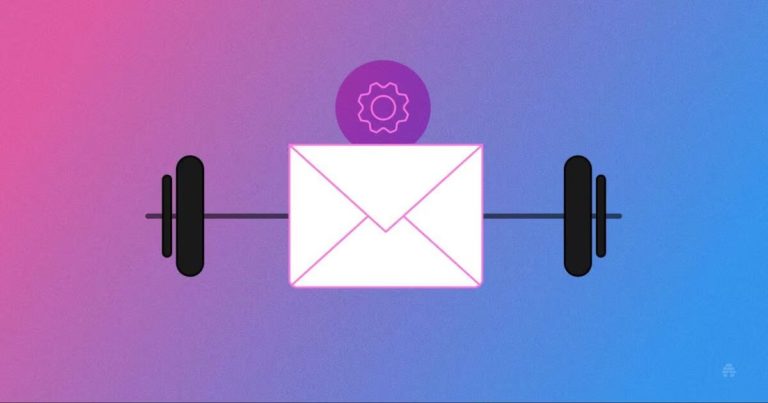Depending on your business, renting a forklift would help you save time and money not only by lifting heavy loads and transporting them to designated spots but also help you cut down on high-volume workload. In some cases it would be more beneficial to buy a forklift, however in many other cases renting a forklift is a far better and more lucrative solution as it would help you get the job done just as well. Forklift rentals go a bit different than a car or any other equipment rental, so to help you with finding a solid forklift to rent for your upcoming business, here are a few nifty things you need to know.
Check the rental duration
The very first thing you need to do when considering renting a forklift for your next project is the rental duration. The longer you wish to use a forklift, the higher the price tag might be. Very often you cannot be fully aware of how long your upcoming business would last, and usually, you cannot predict the rental duration. Aim to review the rental agreement in detail and even check with different rental companies to see various offers and their extension policies. Some companies allow you to retain equipment past the initial phase as long as you return the vehicle in the same or better shape than when you rented it.
Inspect various rental companies
Not just like car rentals, forklift rentals represent a far more serious endeavor due to the complexity of the machine and its purpose. Carefully assess all your needs, and thoroughly consider the weight and size of the load you are about to handle, and then check for professional forklift hire options. Renting a forklift can be an instant and cost-effective solution for your business, only if you make sure the company you are renting it from ticks all the boxes for you. Read some expert users’ reviews, check some blogs and user experience, and choose only the top-notch forklift rental company.
Consider the maximum weight and height to (for) lift
The second you’ve figured out you would need a forklift for your business, before renting one you must consider the maximum height and weight you need to lift. Not all forklift types can lift the same weight capacity, likewise, not all forklifts can lift the same cargo in height. In order not to risk renting a forklift that cannot lift the cargo you need, determine the exact or maximum weight and height of the cargo you need to carry, move, or store in the warehouse. Check the size of storage racks and compartments, and according to weight and height parameters you would have a clear picture what is the lift height, weight, and size ability you need in a forklift you are about to rent.
Get attachments
Most forklifts come with a few accessories that can be attached to the mast. Again, depending on the work you need to do, you should mindfully assess the need for renting and using such additional parts especially before you pay for them and not use them. Some of the additional attachments to a forklift are anti-spark forks, clamps, rotators, and telescopic or carpet forks. Understand the use of each attachment because each one of them serves a different purpose when lifting and moving items and cargo.
Insist on insurance coverage
Although scarce, accidents may occur when working with a forklift. When you are about to use heavy machinery to lift and transport heavy cargo, you must be aware of potential threats. Upon finalizing the rental agreement, go through the contract and check the insurance policies. Every professional forklift rental company will have full insurance coverage for any potential damages or liabilities, however, you ought to double-check things. Unless you are fully covered and protected in the event of various unforeseen circumstances, do not sign the rental agreement.
Understand your responsibilities
In the end, besides knowing exactly when and how long you would need the forklift, there are some other things you should comply with about the rental agreement. Aim to settle for a solid price, don’t go for the cheapest option, check whether the rental companies offer a trained operator to help you out, and go through safety guidelines. Check with your dealer to explain the contract to you, get the gist of your responsibilities and training requirements, and be clear about what your obligations are.
Renting a forklift from a reputable company is the best way to ensure all things run smoothly. After looking into the above-mentioned know-how, you would have a clearer insight on how to rent a forklift.






